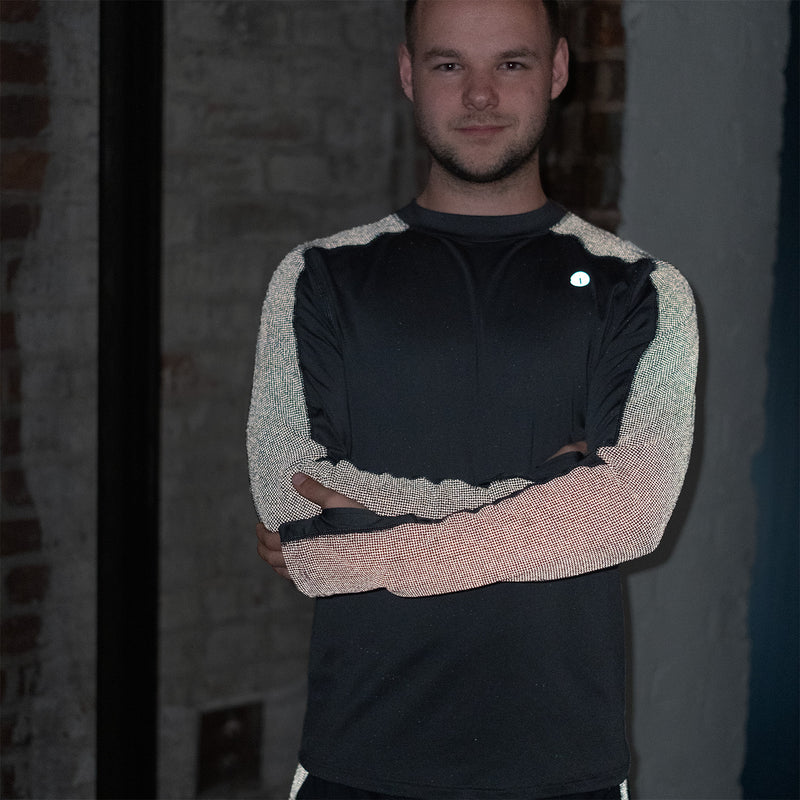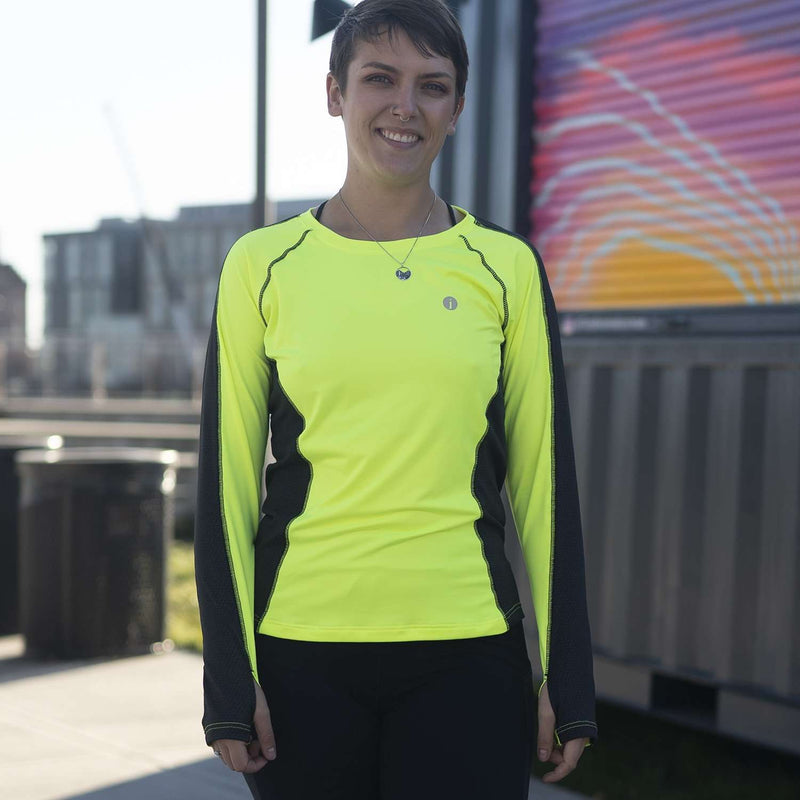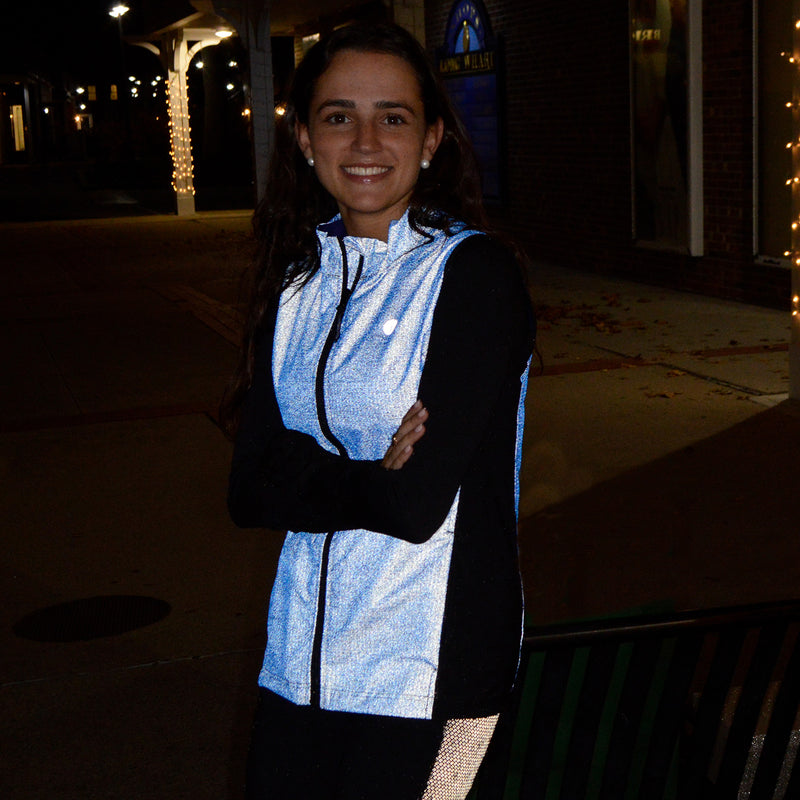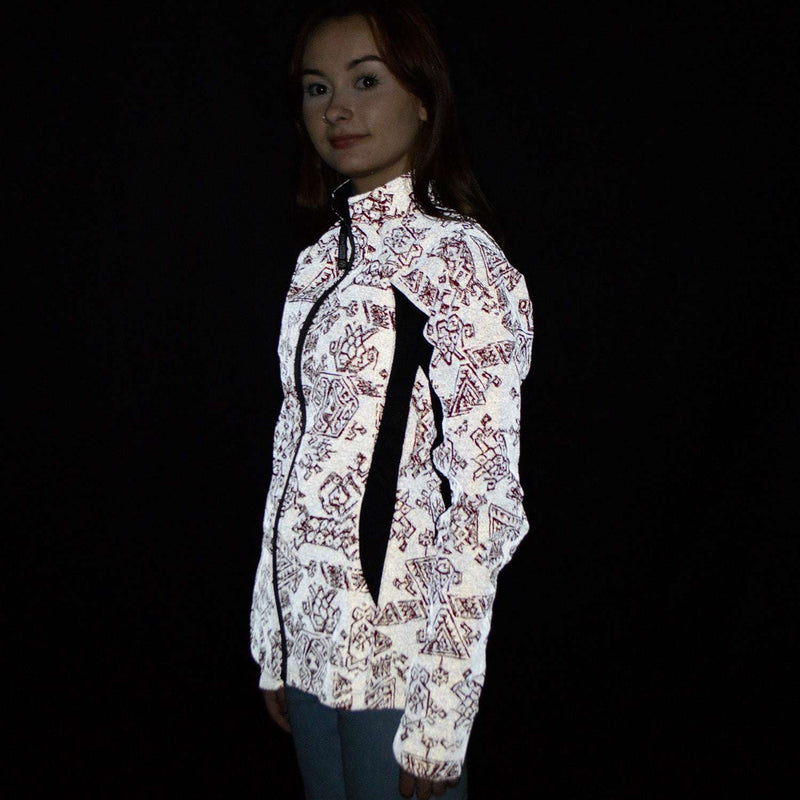How To Choose a Running Shirt
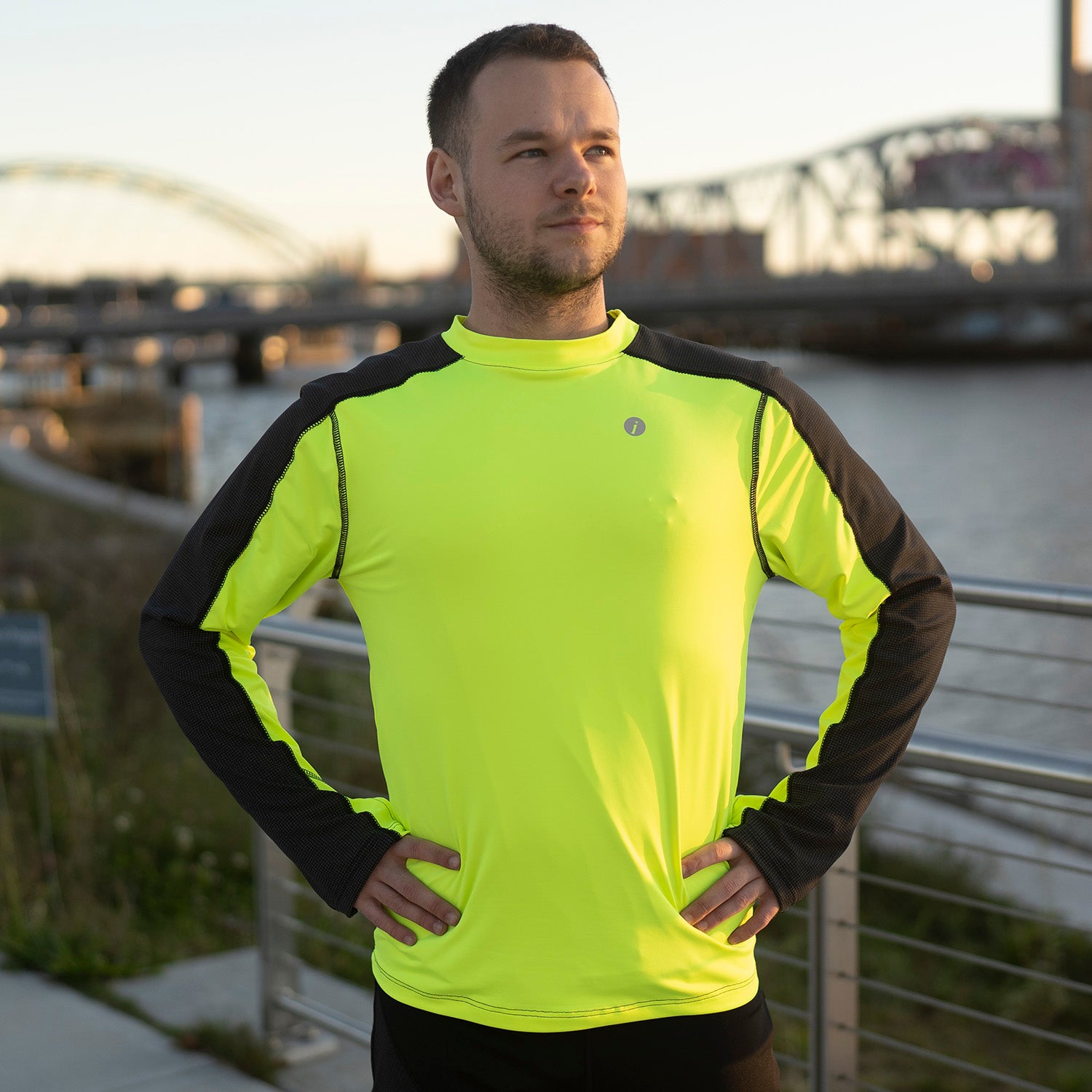
When you are thinking about being comfortable and safe during a run, your running shoes are probably the first consideration. But your clothing is a close second, and the layer closest to your skin has a big impact on how you feel during and after a run. Find a shirt you love to run in using our tips!
First, consider the function you need from a running shirt:
- Moisture-wicking:The most important feature of a running shirt is that it wicks away sweat. Sweat is your body's air conditioning. Tight clothing holds the sweat against your skin, so it's important that the fabric draws moisture away from your skin. Cotton is absorbent, but can hold moisture longer and make you feel hotter. Instead, opt for synthetic fabrics like moisture-wicking polyester, which is more breathable and helps your sweat evaporate more efficiently. This will help you stay cool and comfortable, and prevent your clothes from becoming heavy and saturated.
- Breathability:A good running shirt should also be breathable, because air also help evaporate sweat. A breathable fabric allows air to circulate between your skin and the open air, which helps to keep you cool and prevent you from overheating. There are fabrics with breathability built in to the finish, but you can also just look for shirts with a loose, relaxed fit, or panels of mesh or net that let air circulate.
- Anti-Chafing: Look for smooth peachskin finishes, fabrics that are brushed on the inside, flat stitching, and other features that prevent pain points!
- Durability: A running shirt should be durable enough to withstand the rigors of running and washing. This means that it should be made from a fabric that is not easily torn or damaged. Look for shirts with strong overlock or coverstitch seaming.
- Fit: The fit of a running shirt is important for both comfort and performance. The shirt should be snug enough to stay in place, but not so tight that it restricts your movement. You may need to try on a few different shirts to find the perfect fit.
- Color: Wear something bright that stands out from your surroundings. You want to be visible to drivers and cyclists from a safe distance. Also keep in mind that dark colors absorb heat!
- Visibility: If you run at dawn, dusk, or night, you need reflective clothing. Look for larger reflective areas on your running shirts--small reflective logos are easier to miss on a busy street.
- Other Functions: Do you need pockets for your keys or ID?
Climate Considerations
Also consider the climate where you are. A running shirt for summer should not weigh you down or make you overheat. Look for shirts that are made from thin, lightweight fabrics.
If you run in cold weather, you may want a heavier thermal shirt with long sleeves. If you are a real winter warrior, layering is your friend. You can layer your running shirt with a thermal shirt and a jacket, and remove layers if you get too warm. If you make sure all your layers are bright and reflective, you'll stay visible on gloomy grey days.
With so many factors to consider, it can be difficult to choose the right running shirt. But by keeping these things in mind, you can find a shirt that will keep you comfortable and help you perform your best.


